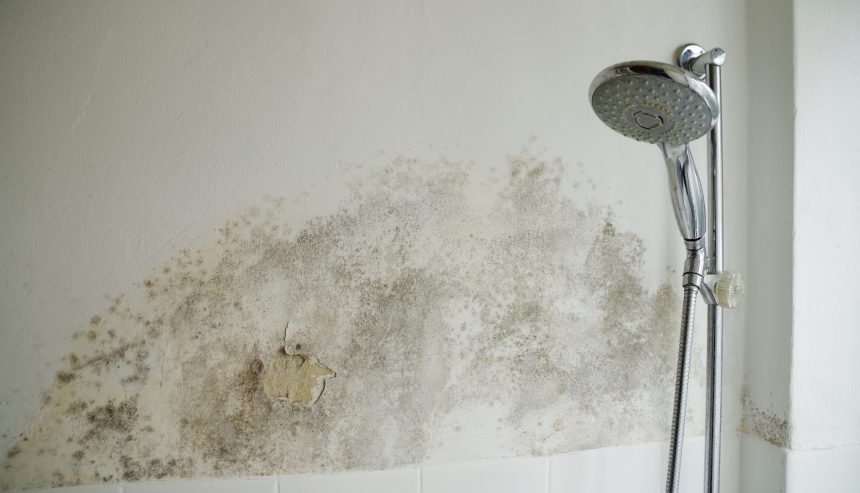On this page below you'll find some outstanding insights related to How to Repair and Prevent Bathroom Water Damage.

The bathroom is incredibly susceptible for moist build-up as well as prospective water damages because of the regular use water in it. This post uses straightforward assessment strategies to aid spotting water damage hazards.
The frequent use of water in the bathroom makes it extremely vulnerable for moist accumulation and possible water damages. By evaluating it consistently, you can lower water associated damages.
The following set of inspections is very easy to perform and also need to be done as soon as in every 3 months in order to keep your restroom in good shape and to stop possible water problems triggered by the bathtub, the shower, pipe joints and also plumbing, sinks, closets, and the commode
Do not forget doing these assessments and be thorough while executing them. Remember that these basic evaluations can conserve you a great deal of money by providing very early indicators for water damage
Sinks and Cabinets
Sinks and also cupboards are exposed to dampness and also moisture day-to-day as well as are typically neglected. Inspect regularly under the sink and also on the counter top above it. Repair any kind of drip in the catch as it may suggest drain problems. Look around the sink, slow-moving draining pipelines might suggest a blocked drain. Change sink seals if they are fractured or loosened.
Tub and Shower
The shower and bath tub need special attention and also upkeep. Inspect the tiles and change if split. Ensure that there is no missing cement in between the ceramic tiles. Examine and also replace fractured caulking at joints where the walls fulfill the floor or the bath tub. Clogged drains pipes and pipelines problems will certainly prevent the tub from drying as well as might suggest significant problems under the bathtub. Talk to a professional right away to prevent structural damages. Take note of stainings or soft locations around the tub walls as they might show an interior leakage.
Plumbing
Signs for water damage are difficult to identify since many pipelines are installed inside the walls.
Pay unique focus to flooring as well as wall surfaces moisture as well as discolorations as they may suggest an undetectable plumbing problem. Check wetness degrees in adjoining rooms also.
The Commode
The toilet is a susceptible water junction. Examine the water lines and also search for leaks around the toilet seat, in the pipe, and also under the water container. If you spot any type of indicators of dampness on the floor around the commode, look for leaks in the toilet rim as well as storage tank seals.
Realize that hanging toilet bowl deodorants enhances the possibilities for obstructions.
Water Damage Signs In The Bathroom To Avoid Cleanup
Musty smell
This is one of the easiest signs to catch because musty smells are so odorous. The damp, earthy, moldy smell should be a big red flag. The smell will develop when moisture gets trapped in surfaces, and begins to facilitate mold growth. Leaking pipes under cabinets, inside walls, and behind shower fixtures will cause moisture to stay trapped and not dry, which will lead to mold growth and spread. As soon as you notice any musty smells in your bathroom, have it checked for hidden water damage and cleanup signs.
Visible mold
If the smell isn’t there to give it away, sometimes you will actually see mold growth. Finding mold in your bathroom is a serious problem, because mold is very harmful to your health. By the time mold growth is visible, it also means that water damage has already occurred and been present for some time. The only way the mold problem can be resolved is to find the source of the moisture and get it stopped. To safely and adequately remove mold, you need to have professionals handle the remediation. Do not waste any time in getting mold problems addressed, fixed, and sanitized so that you can protect you and your family from the many respiratory symptoms caused by mold exposure.
Damaged floors
Bathroom floors should be able to withstand some exposure to water while still remaining in good condition. However, when excess exposure or water leaks occur, they will begin to damage even the most water-resistant flooring. If you notice any cracking, bubbling, staining, or warping on your bathroom floors, there is probably a water leak somewhere causing the distortion. If you notice areas of the floor have become softer, or even have a spongy feeling, there is probably damage to the subfloor. Subflooring is typically made up of plywood. When plywood is exposed to water or moisture, it will absorb it. Once it has become saturated, the weight of the excess water will cause the wood to swell and soften. Check the floors in your bathroom frequently to catch any of these sings before they lead to damaged subflooring.
Changes on walls
When water leaks behind walls, it will cause changes in the drywall. Peeling plaster, blistering paint, and soggy wallpaper are all good indicators that excess water is building up behind the wall. Water leaking behind drywall will cause it to swell and be soft to the tough. If you start to notice gaps along the trim of your walls, or where tile meets the wall, it could also be a strong indicator that there is a leak behind the wall. Any changes, distortion, or damage on the walls should be evaluated as soon as you notice it to prevent further water damage and cleanup.

As a devoted person who reads on How to Repair and Prevent Bathroom Water Damage, I think sharing that piece of content was beneficial. Sharing is caring. Helping others is fun. Thank you so much for going through it.
Schedule A Service Call